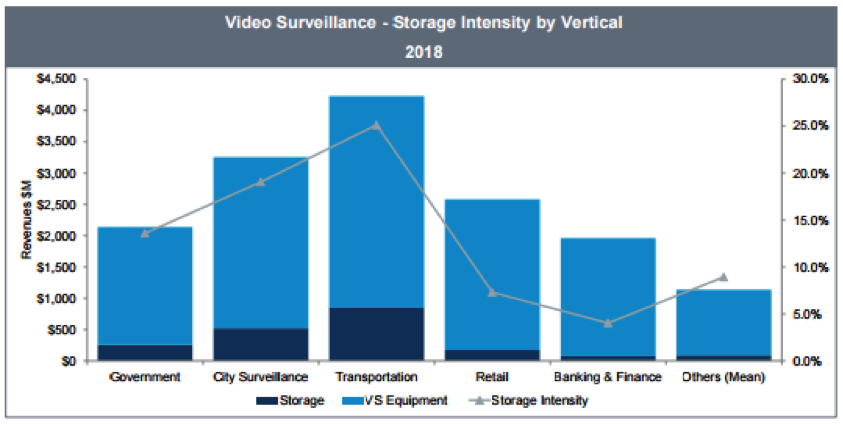IDC HPC Forum
9/6/16 – 9/8/16

In an era where threats to national security and personal safety are a constant concern, the demand for video surveillance is rapidly increasing. Today, cameras are being placed on roadways, in heavily-trafficked areas like shopping malls and airports, and on the uniforms of police officers to safeguard property and ensure our protection.
Advancing video technologies and widespread usage have lead to a massive shift in the surveillance industry. Video surveillance has become a powerful new form of big data collection as businesses of every size and scope invest heavily in cameras to monitor assets 24/7, improve employee safety, and deter crime. With immense volumes of video recordings gathered every second, organizations are seeking new ways to streamline data management so that footage can be captured, analyzed, and tagged in real-time. To achieve this, IT departments are adopting cutting-edge storage solutions to effectively collect and process an endless stream of data.
According to a recent MarketsandMarkets report, video surveillance storage technologies are being implemented across multiple industries and are estimated to grow at a compound annual growth rate (CAGR) of 16% over the next two years to $10.41 billion. Storage is becoming an increasing requirement for surveillance data systems across many vertical markets, with IHS forecasting that government, city, and transportation surveillance will account for 58% of all storage expenditures by 2018.

Source: IHS, Video Surveillance & Storage Report, 2014
As surveillance technologies become more advanced with the emergence of higher resolution cameras, organizations are generating more complex data than ever before. To put things in perspective, a large database houses roughly 100 gigabytes of information, with leading organizations generating up to 1 terabyte (1,000 gigabytes) of general business data. By contrast, video data is collected on a scale of tens of terabytes to multiple petabytes in massive digital archives, making flexible, high-density storage a non-negotiable asset to business performance.
As video surveillance deployments continue to soar, organizations will need to invest in storage architectures capable of addressing existing digital storage needs, as well as those that will arise with continued data growth. Today’s surveillance systems require storage that can:
To keep pace with the rising demands of the video surveillance market, organizations must be able to quickly and efficiently extract intelligence from vast stores of data. Object storage technologies and high-performance computing (HPC) servers are the ideal team for delivering optimized storage at reduced costs, and allow organizations to safeguard critical information while leveraging seamless scalability to accommodate future growth.
The widespread adoption of video surveillance has caused a surge in demand for enterprise storage solutions. Finding the right architecture is key to conducting smarter, safer business by enabling constant video monitoring, providing real-time access to digital archives, and promoting more informed, data-driven decisions. Object storage will continue to create unprecedented opportunities for both physical security and IT providers to grow rapidly in the years to come.